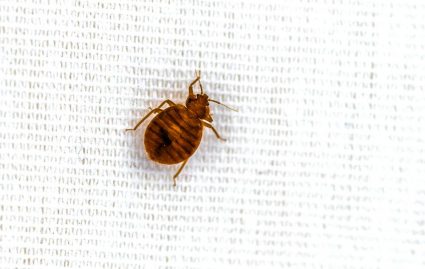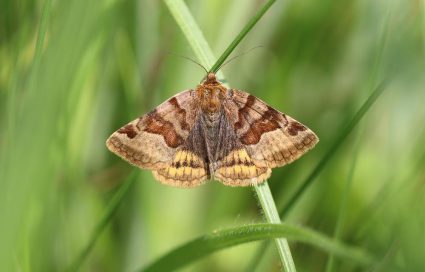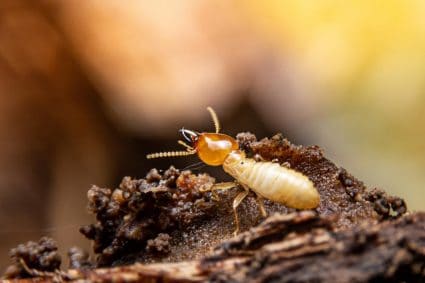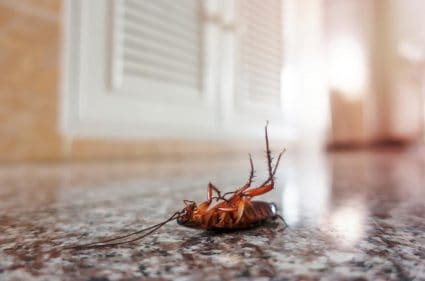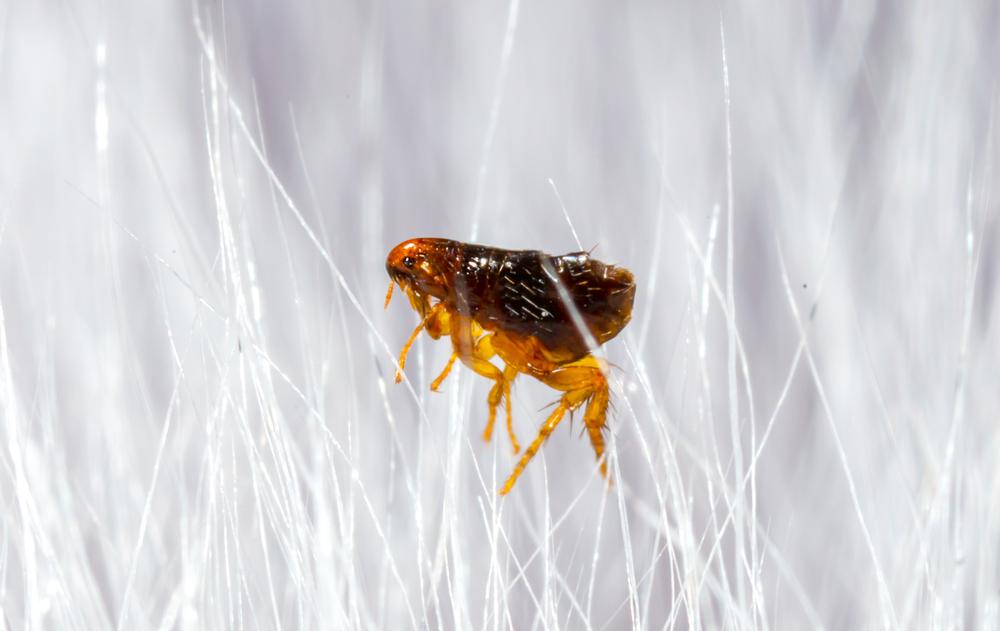
Sand fleas, often mistaken as tiny crustaceans that live in sandy areas, are actually a type of insect that can cause considerable discomfort and potential health risks. Whether you’re a beachgoer or live in sandy areas, knowing how to remove sand fleas and treat their bites is crucial.
To remove sand fleas from the skin, first, remove yourself from the infested area. Then, wash the affected area with soap and water and apply a cold compress to reduce swelling and pain. Use over-the-counter treatments like calamine lotion or aloe vera gel to relieve itching and irritation. Monitor the bites for signs of infection and seek medical attention if your condition worsens. For more severe cases, medical treatments may be required.
Understanding Sand Fleas
Firstly, it’s important to understand what we’re dealing with. Sand fleas, also known as beach fleas or sand hoppers, are often confused with chigoe fleas (Tunga penetrans) that cause a parasitic infection known as tungiasis. The latter are the ones that bite humans and animals and can cause severe discomfort and potential health risks.
Sand fleas are typically found along the Atlantic coast and in sandy areas near water bodies like beaches, marshes, and swamps. They burrow into the sand during the day and emerge at night to feed on decaying organic matter.
Recognizing Sand Flea Bites
Sand flea bites typically appear as small red bumps on the skin, often clustered together. They are usually found on the feet, ankles, and legs, as sand fleas can only jump around 20-40 cm. The bites may cause itching, inflammation, and pain. In some cases, they can lead to a parasitic infection called tungiasis, causing severe inflammation and skin lesions.
Immediate Steps After Being Bitten
If you suspect you’ve been bitten by sand fleas, here are immediate steps to take:
- Remove yourself from the infested area.
- Wash the affected area with soap and water.
- Apply a cold compress or ice pack to reduce swelling and pain.
- Use over-the-counter treatments like calamine lotion, hydrocortisone cream, or aloe vera gel to relieve itching and irritation.
- Avoid scratching the bites, as this can lead to open wounds and increase the risk of infection.
- Monitor the bites for signs of infection, such as increased redness, swelling, or pus. If you notice any of these symptoms or if your condition worsens, seek medical attention.
DIY Remedies and Home Treatments
If you prefer natural remedies, there are several DIY treatments to alleviate the symptoms of sand flea bites:
- Baking soda bath: Fill a bathtub with cool water and add 4 to 5 tbsp (56 to 70 g) of baking soda. Soak the affected areas for quick relief.
- Aloe vera gel: This natural remedy can reduce redness and discomfort.
- Witch hazel: As an astringent, witch hazel can help reduce itchiness and redness.
- Oatmeal bath: Soak in a warm oatmeal bath to relieve itching and irritation.
- Cold compress: Apply a cold compress to the affected area to reduce swelling and itching.
- Vinegar and lemon juice: Combine 1 liter of vinegar with 500 milliliters of freshly squeezed lemon juice and apply it to the affected areas to help eliminate sand fleas.
Preventative Measures
Prevention is always better than cure. Here are some preventative measures to avoid sand flea bites:
- Avoid the beach during dawn and dusk, as sand fleas are more active during these times.
- Stay away from the beach after rainfall, as wet and cool conditions tend to heighten sand flea activity.
- Use insect repellents on your skin.
- Place a barrier between yourself and the sand, such as a beach towel or lawn chair.
Medical Treatments for Severe Cases
In severe cases, sand flea infestations may require medical treatments, such as:
- Applying antiparasitic medication or a thick wax or jelly to the skin lesion.
- Cryotherapy to freeze the skin lesion.
- Mechanical extraction of burrowed sand fleas.
- Treatment with a two-component dimeticone, a combination of dimeticone oils, which has high efficacy and safety.
Always consult a healthcare provider for proper diagnosis and treatment recommendations.
By understanding what sand fleas are, recognizing their bites, knowing how to treat them, and taking preventative measures, you can enjoy your time at the beach without the worry of these pesky critters.
Frequently Asked Questions
How long do sand flea bites last?
Sand flea bites typically heal within 1-2 weeks. However, the duration may extend if the bite becomes infected or if the individual has an allergic reaction.
Can sand fleas infest my home?
No, sand fleas usually do not infest homes. They are primarily outdoor insects that live in sandy environments. However, they may hitch a ride on pets or clothing, so it’s important to wash and dry your items thoroughly after visiting a beach or sandy area.
Can I get a disease from a sand flea bite?
Most sand flea bites are harmless aside from the discomfort they cause. However, in rare cases, sand fleas may transmit diseases such as tungiasis, especially if they are the chigoe flea variety.
Are sand fleas and bed bugs the same?
No, sand fleas and bed bugs are not the same. While they both bite and cause discomfort, they are different types of insects and are found in different environments. Sand fleas live in sandy areas, while bed bugs are primarily indoor pests that live in mattresses, furniture, and other cracks and crevices.
What does a sand flea look like?
Sand fleas are small, typically 1-2 mm in length. They are usually light grey to brown in color and have a hard, shrimp-like exoskeleton. They can jump up to 20-40 cm, which is how they reach their human hosts to bite.


